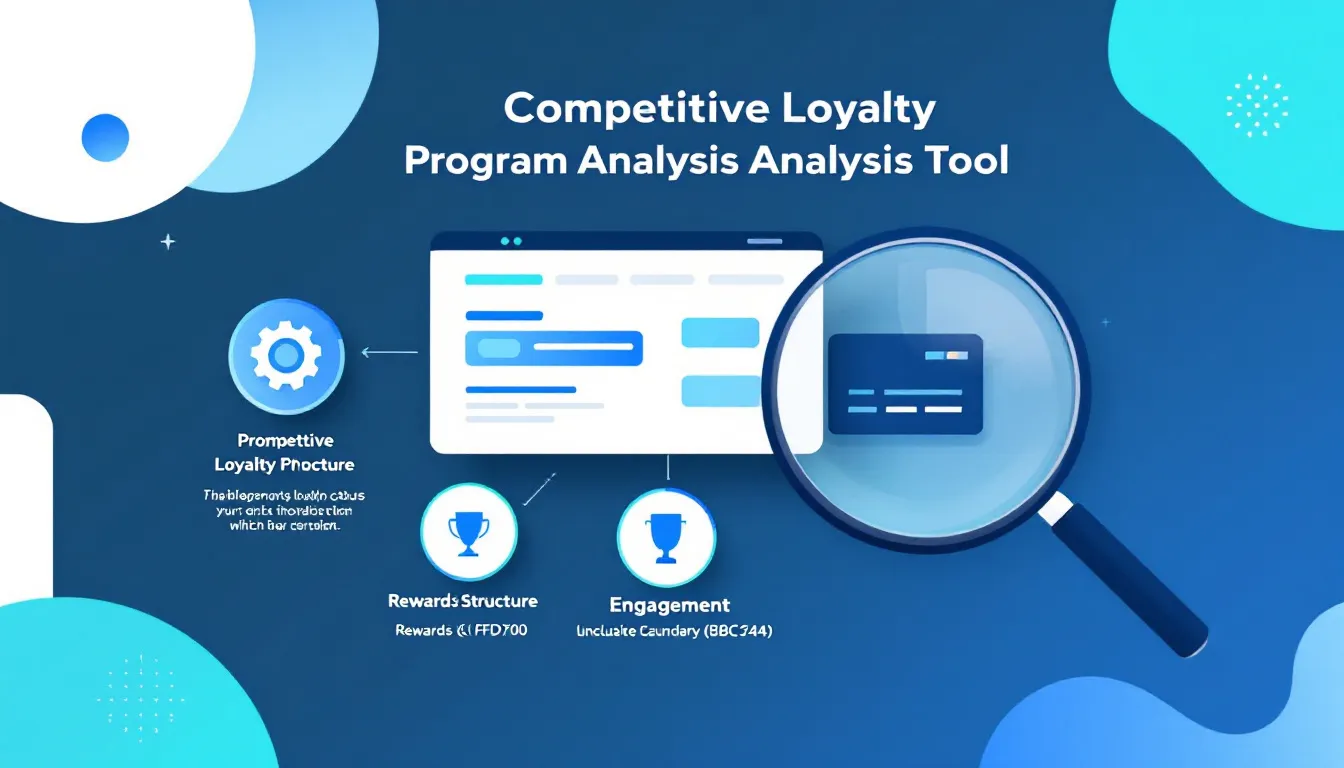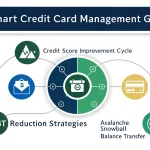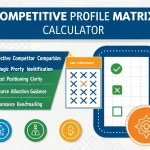Is this tool helpful?
How to Use the Competitive Loyalty Program Analysis Tool Effectively
Company Name Field
Enter your official business name exactly as it appears in legal documents or branding. Here are two examples to guide you:
- Bright Horizon Fitness Studio
- Evergreen Organic Market
Industry Field
Select the primary sector where your business operates. This helps the tool benchmark your loyalty program against relevant competitors. Sample entries include:
- Fitness and Wellness Services
- Specialty Food Retail
Main Competitors List
List your main competitors, entering one name per line. Consider including:
- Local businesses that directly compete for customers
- Online providers offering similar rewards or products
- Indirect competitors capturing overlapping market segments
Current Loyalty Program Features
Describe your existing customer rewards program. Include details such as:
- How customers earn points or rewards
- Types of benefits offered, such as discounts or exclusive access
- Rules for redeeming rewards, including any restrictions or minimums
Introducing the Competitive Loyalty Program Analysis Tool
This tool helps you evaluate your customer loyalty program against your competitors’ offerings. By comparing reward structures, customer engagement methods, and unique program features, you gain insights to improve your retention strategies.
With this tool, you can:
- Identify competitive advantages and gaps in your loyalty program
- Spot opportunities to enhance reward value and customer experience
- Make informed decisions supported by a broad industry comparison
Key Areas Analyzed
- Evaluation of your current program’s structure and design
- Comparison of competitor reward mechanisms
- Assessment of how effectively programs engage customers
- Analysis of value offered through features and benefits
Practical Uses of the Loyalty Program Analysis Tool
By submitting your company details and competitor information, you receive an analysis highlighting where your loyalty program stands in the market. Here’s how you can apply the results:
Improving Customer Retention
Use insights from competitor reward structures to implement strategies that increase repeat visits. For example, if competitors use tier-based rewards, consider adopting similar or enhanced tiers to boost loyalty.
Differentiating Your Program
Identify unique features missing from competitor programs and add them to yours. For instance, if most competitors only offer discounts, introducing experiential rewards or partner collaborations can make your program stand out.
Benchmarking and Strategy Development
- Pinpoint competitive gaps and market trends using your program’s comparative analysis
- Prioritize quick improvements such as adjusting point values or communication methods
- Plan longer-term enhancements like mobile app integration or partnership expansion
How This Tool Supports Business Growth
Strategic Business Advantages
- Enable data-driven decisions to refine loyalty programs
- Recognize unmet customer needs through comparative analysis
- Allocate resources efficiently toward high-impact program features
- Stay competitive by tracking evolving industry standards
Operational Efficiency
- Simplify evaluation processes across multiple competitors
- Deliver clear, actionable insights for marketing and customer retention teams
- Improve loyalty program ROI by focusing on proven reward mechanisms
Common Questions about the Competitive Loyalty Program Analysis Tool
Who can benefit from using this loyalty program analysis?
Businesses across retail, hospitality, healthcare, and digital services that offer or plan customer loyalty programs will find the analysis valuable.
How often should I analyze my loyalty program against competitors?
Conduct quarterly reviews to stay current with market changes and perform annual thorough evaluations for strategic planning.
What metrics does the tool focus on for comparison?
Key metrics include reward value, ease of earning points, redemption flexibility, customer engagement rates, and unique program features.
How can I use this analysis to improve my loyalty program?
Create a structured action plan that targets immediate improvements while setting milestones for long-term upgrades guided by customer feedback and competitor insights.
What are the characteristics of a successful loyalty program?
Effective programs combine simple point accumulation methods, attractive rewards, personalized customer interactions, and seamless integration across digital and physical channels.
How can small businesses compete with large brands’ loyalty programs?
Leverage personalized service, build unique local partnerships, and tailor rewards to community preferences to stand out in competitive landscapes.
Best Practices for Enhancing Your Loyalty Program
Use Data to Drive Decisions
- Track program performance regularly
- Gather and act on customer feedback
- Continuously benchmark against competitors
Focus on Customer Experience
- Ensure smooth integration across platforms
- Design with mobile users as a priority
- Send personalized and relevant communications
Innovate Your Program
- Adopt emerging technologies like AI for personalization
- Experiment with creative reward structures
- Forge strategic partnerships to enhance value
Future Trends in Customer Loyalty Programs
Technology Integration
- AI-driven personalization tailored to individual behavior
- Blockchain for secure and transparent rewards tracking
- Internet of Things (IoT) devices enabling real-time engagement
Evolving Customer Experience
- Growth in experiential rewards like events and exclusive access
- Integration with social and environmental causes to build loyalty
- Seamless omnichannel experiences blending online and offline
Important Disclaimer
The calculations, results, and content provided by our tools are not guaranteed to be accurate, complete, or reliable. Users are responsible for verifying and interpreting the results. Our content and tools may contain errors, biases, or inconsistencies. Do not enter personal data, sensitive information, or personally identifiable information in our web forms or tools. Such data entry violates our terms of service and may result in unauthorized disclosure to third parties. We reserve the right to save inputs and outputs from our tools for the purposes of error debugging, bias identification, and performance improvement. External companies providing AI models used in our tools may also save and process data in accordance with their own policies. By using our tools, you consent to this data collection and processing. We reserve the right to limit the usage of our tools based on current usability factors.







